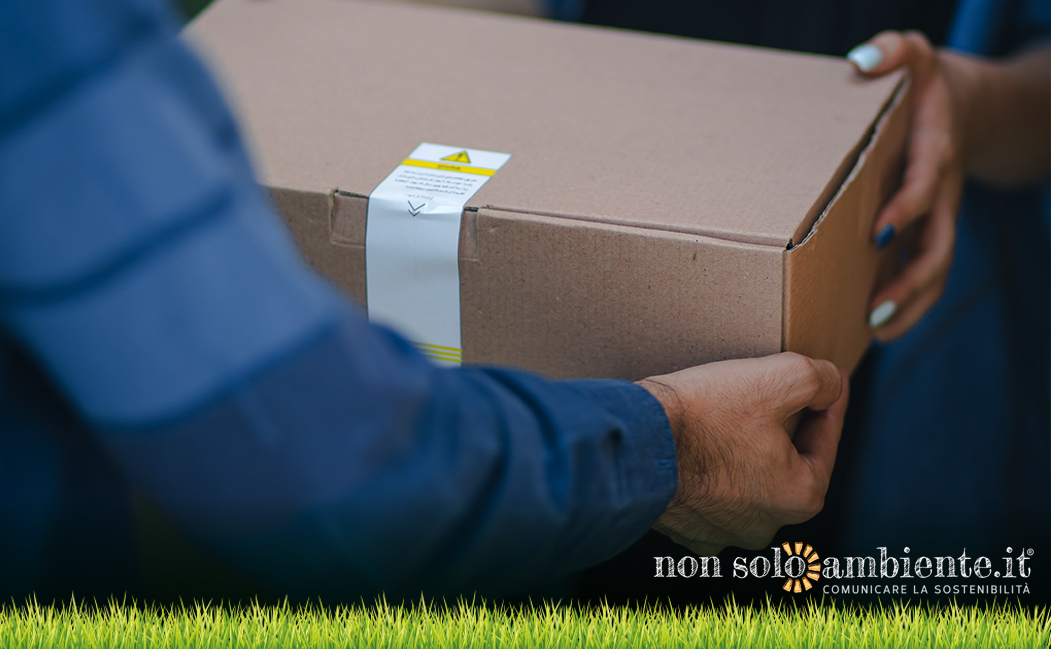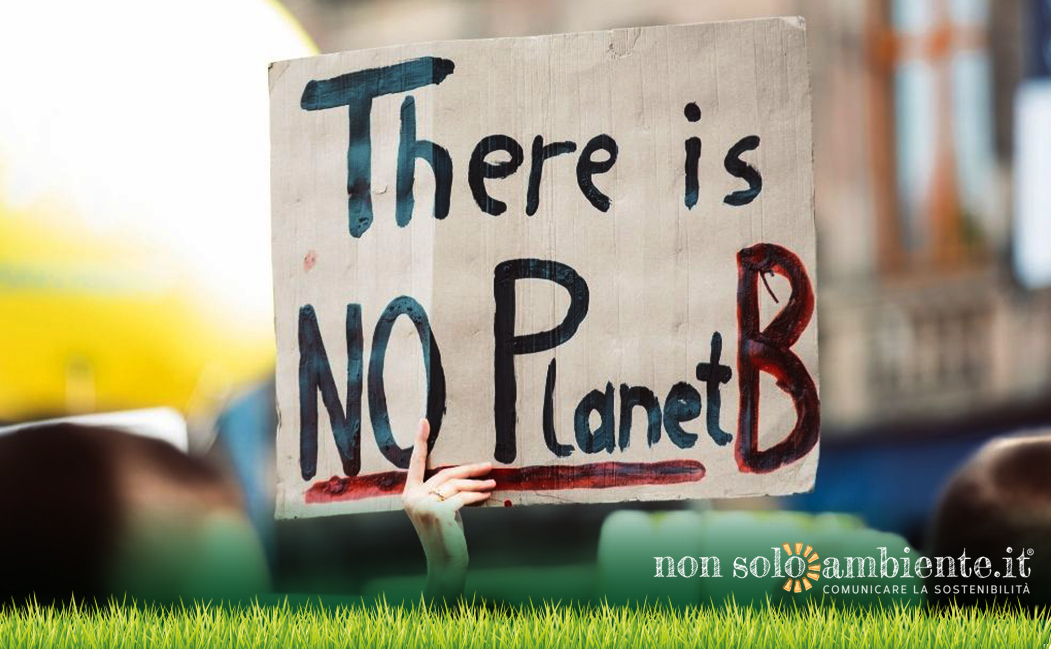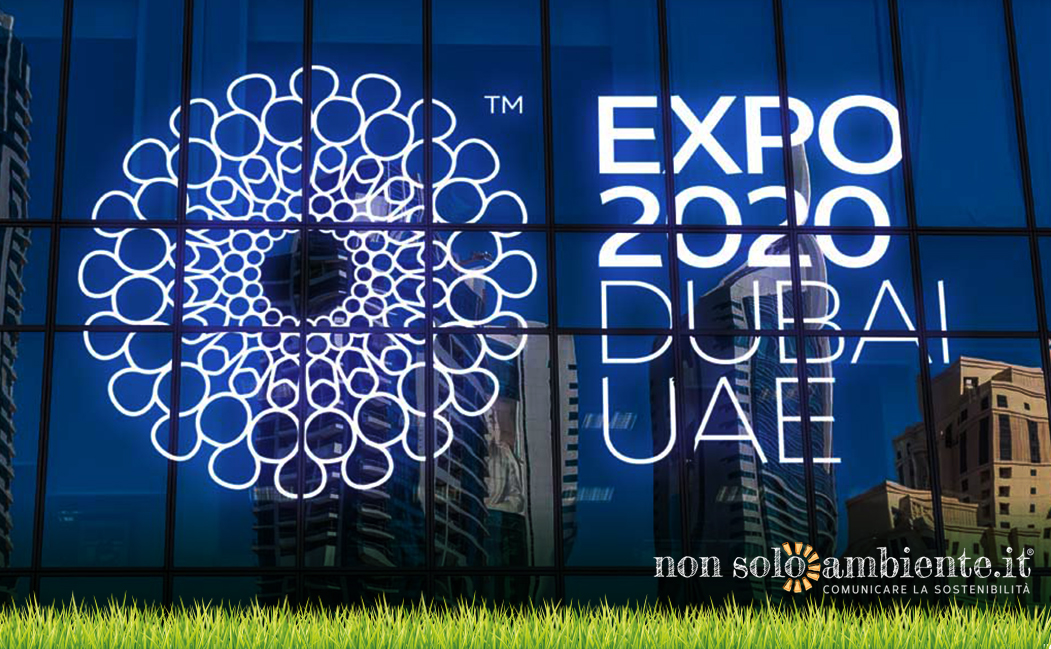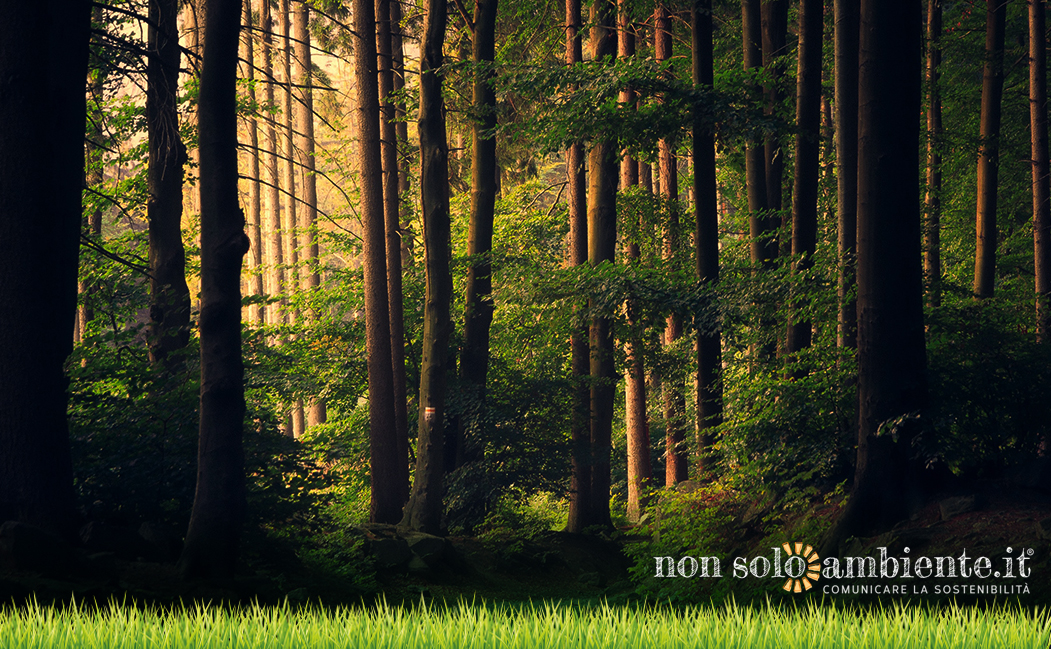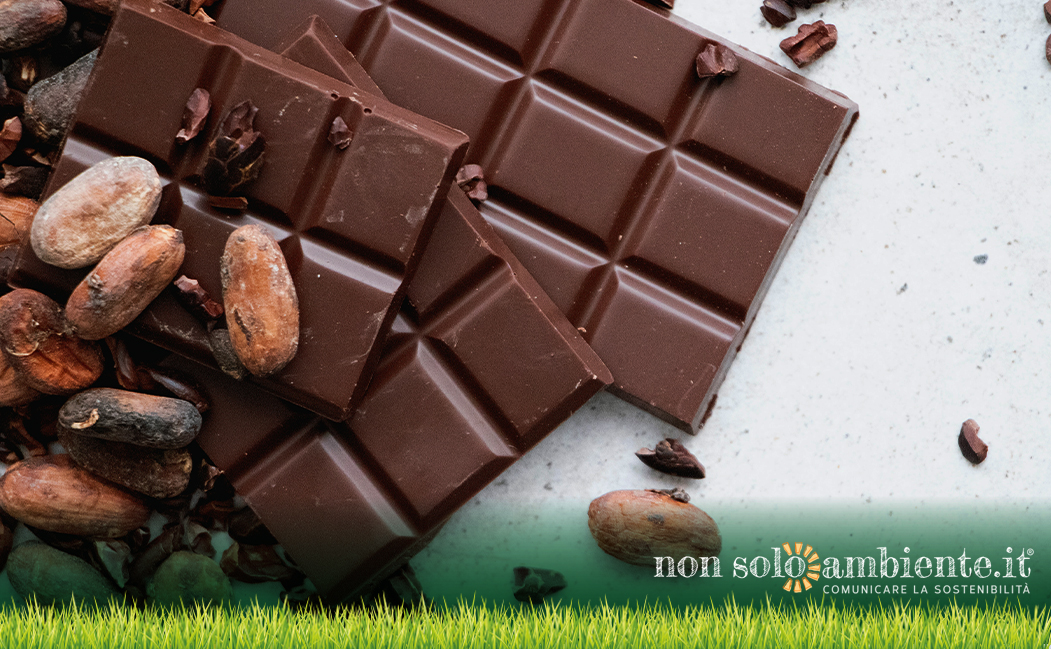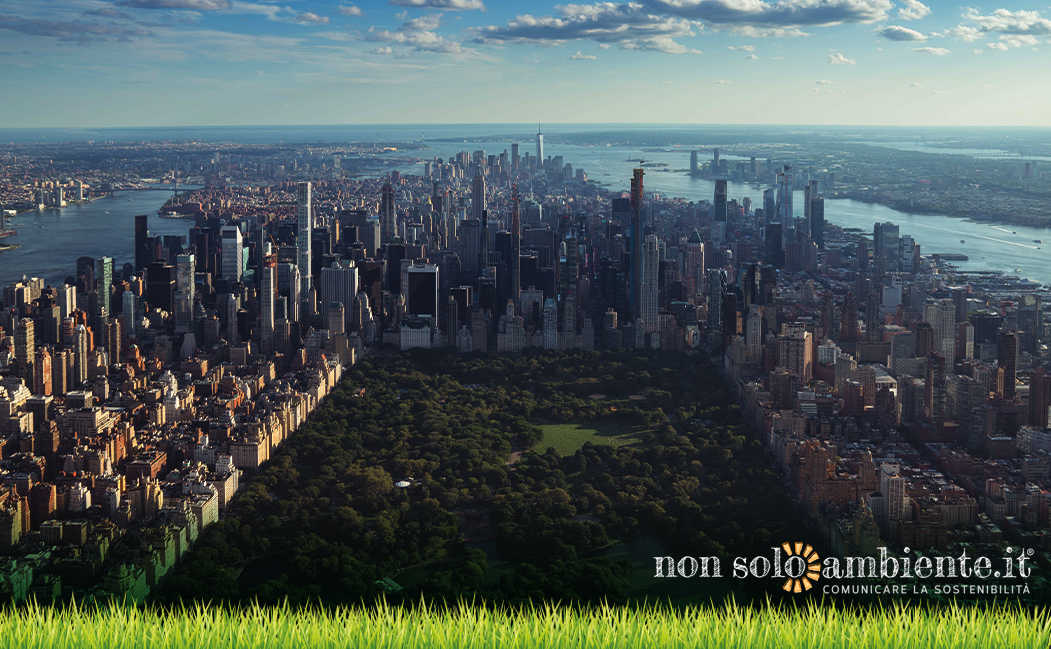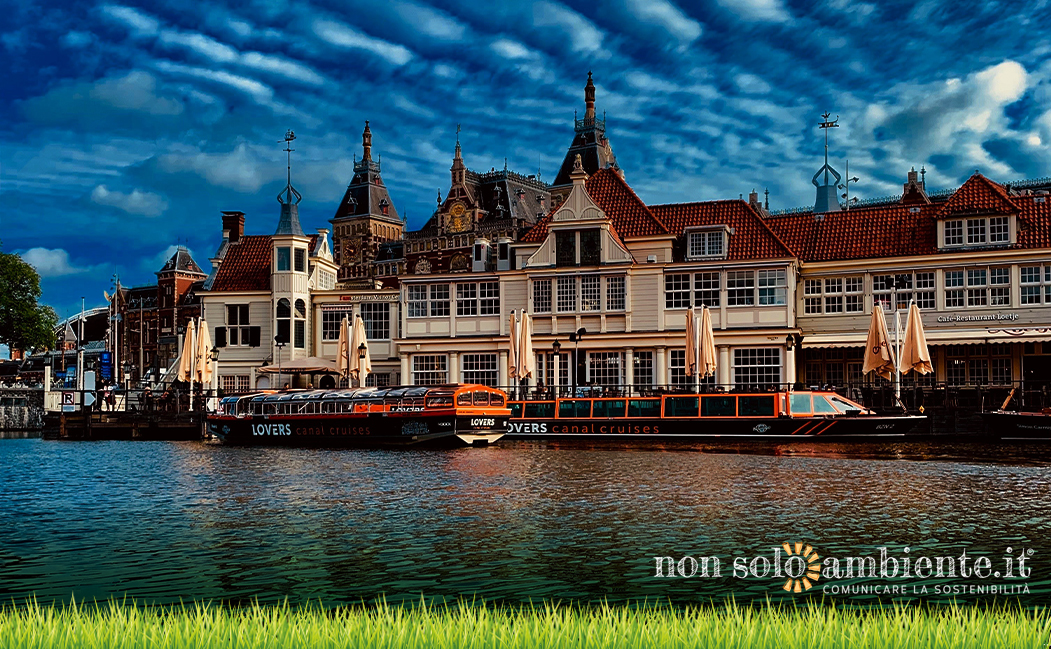
Ultime Notizie

"Bubble Barrier" borns from a Dutch company's pioneering idea to trap waste that otherwise would end up in the oceans.
Ocean pollution is one of the biggest environmental problems: 4.8 to 12.7 million tons of plastic waste end up in marine waters. In the water, microplastics can be found - deriving from the disintegration of plastic waste and synthetic fabrics washing. Plastic material interferes with the marine ecosystem, with a negative impact on flora and fauna.
To fight the pollution of the oceans, the "Bubble Barrier" could help: it is literally a barrier that can trap 86% of waste that would otherwise end up in the oceans. This "bubble barrier" consists of an air compressor that addresses the air stream through a perforated pipe that runs diagonally to the seabed, activating a stream of bubbles that "captures" the waste and directs it to a collection system.
The Amsterdam experiment
The Bubble Barrier was placed for the first time in Amsterdam in 2019, on the side of the Westerdok canal to recover plastic waste. According to test results, the barrier can carry more than 80% of the debris to the waste collection points. "This is a very important step in reducing the amount of plastic in the oceans," coinventor Philip Ehrhorn says "It is a lot easier to stop it at an earlier stage instead of in the ocean."
Marieke van Doorninck, Councillor for Sustainability for the Amsterdam Council, is confident about the project. "Amsterdam's canals have a huge charm," she told the Guardian. "But when you look at them, you don't think about plastic bottles and bags in the water. The Bubble Barrier will let less plastic reach the ocean; this is a step towards the ecosystem better regulation, for humans, animals and the environment".
How the barrier works
The bubble barrier's work is pretty simple. It is a long perforated pipe that extends cornerwise for 60 meters at the bottom of the channel. The compressed air is pumped through a pipe, which carries the waste to a collection point. According to the Dutch start-up, the barrier does not interfere with boats and does not harm the river's fauna - according to the Dutch start-up that developed such an innovative solution.
Tags:
Potrebbero interessarti ...
Snam’s commitment to sustainability at Dubai Expo 2020
13 Ottobre 2021No more chocolate by 2050 because of extreme droughts effects
22 Settembre 2021How much CO₂ do urban forests absorb?
15 Settembre 2021Iscriviti alla nostra Newsletter!
Sei un sostenitore dell'ambiente in tutte le sue forme? Allora sei nel posto giusto!
Iscriviti subito!